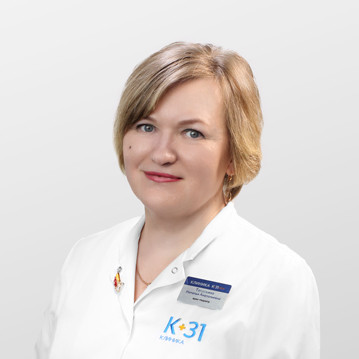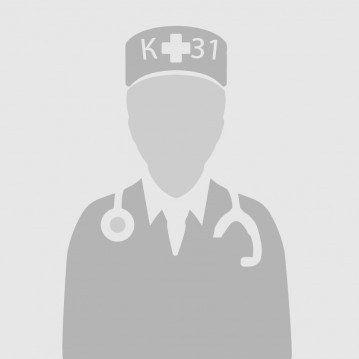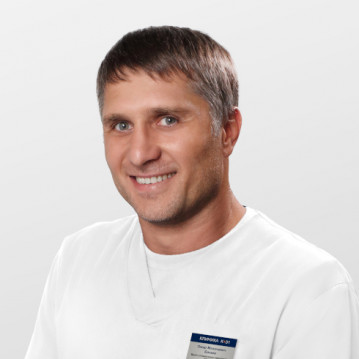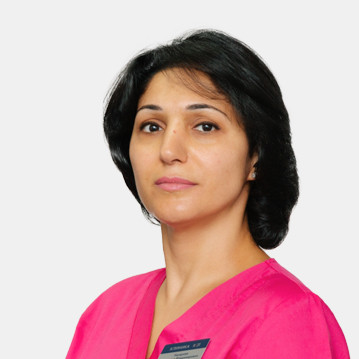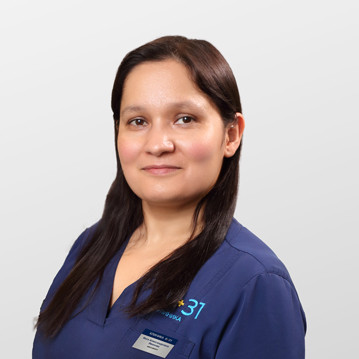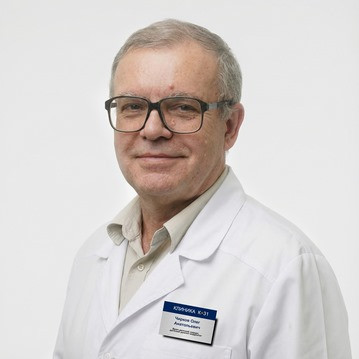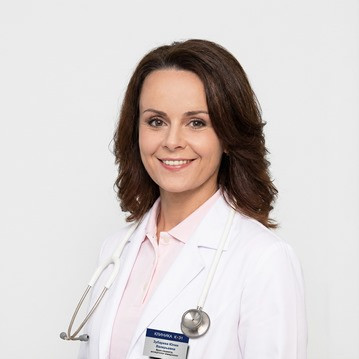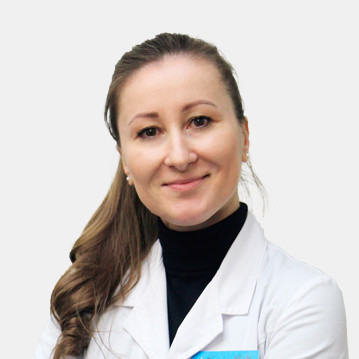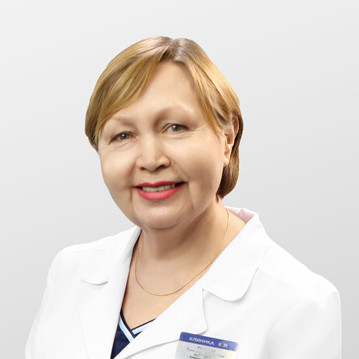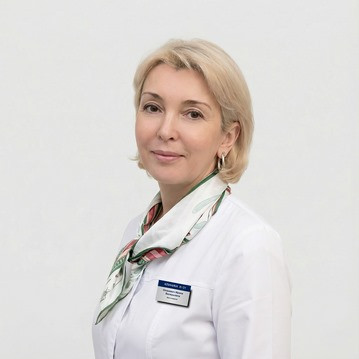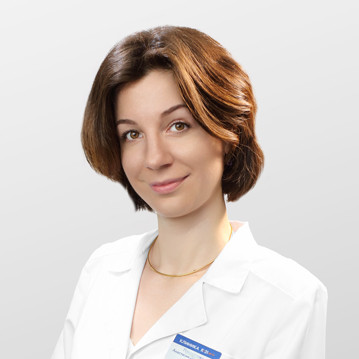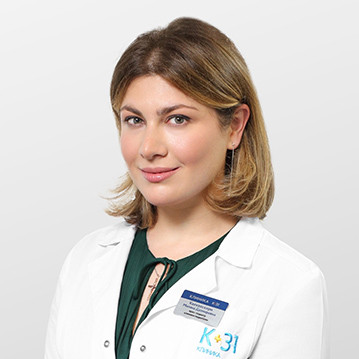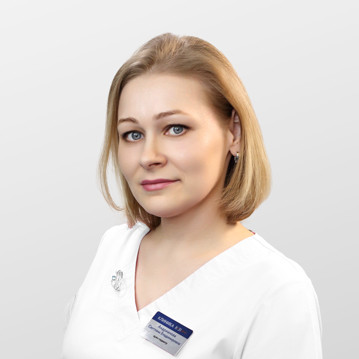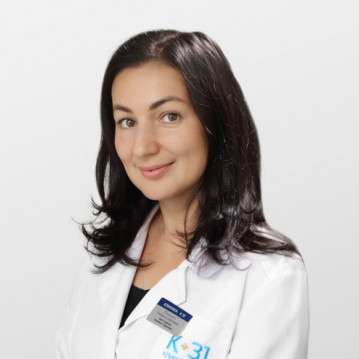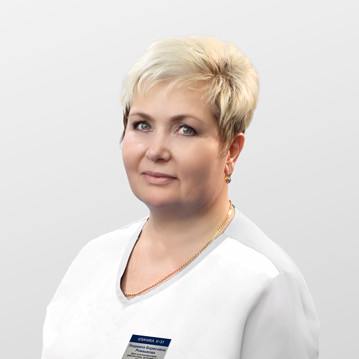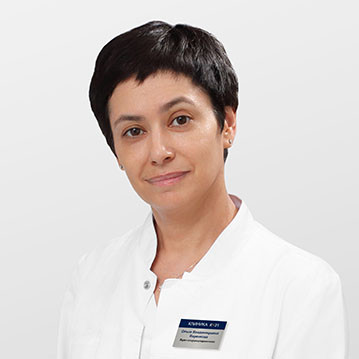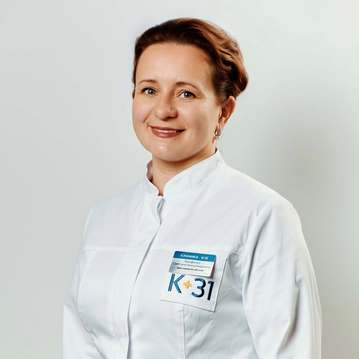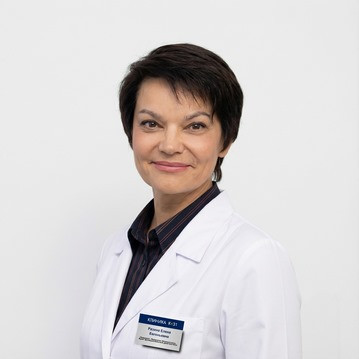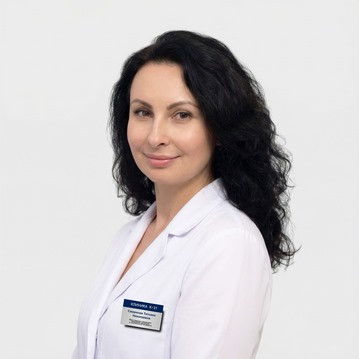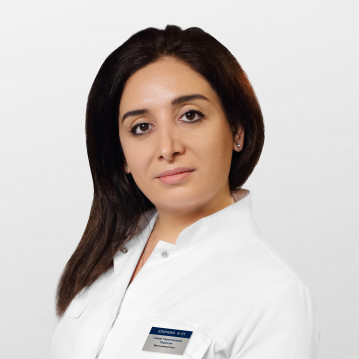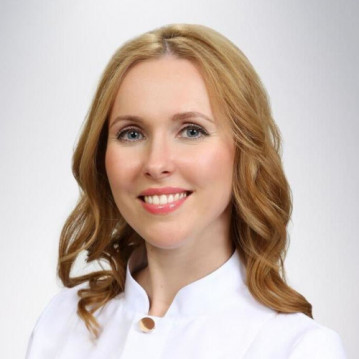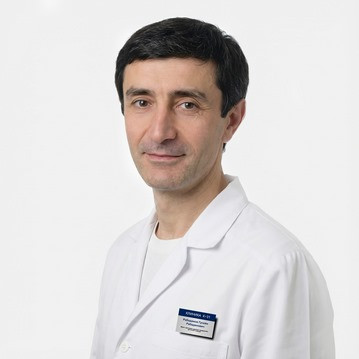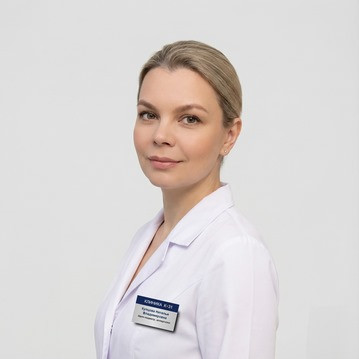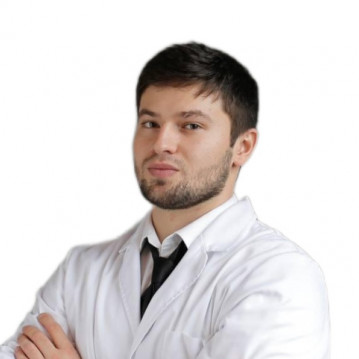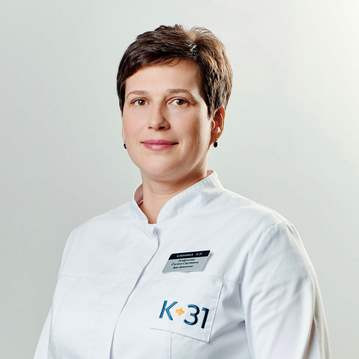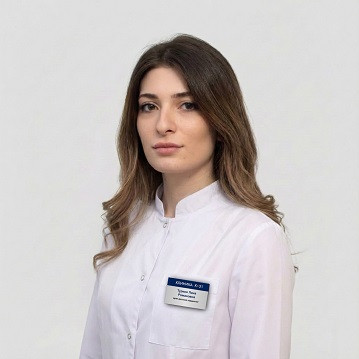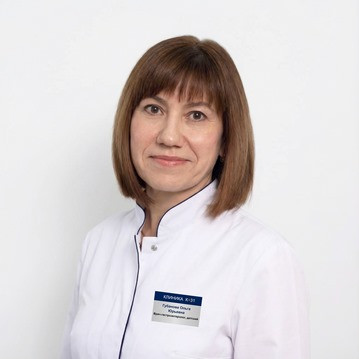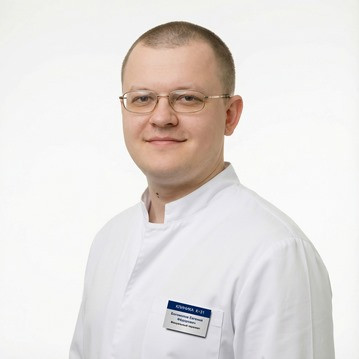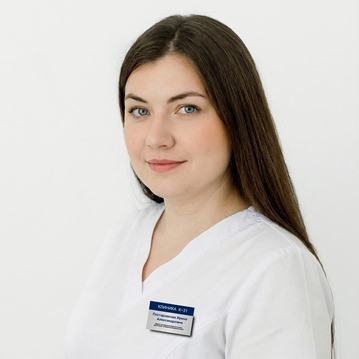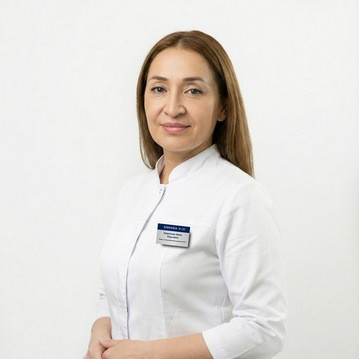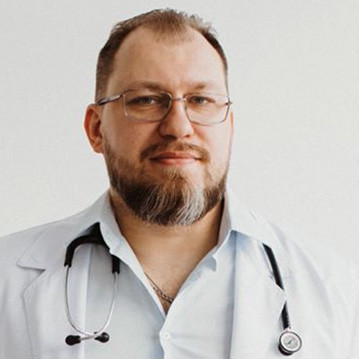The heart and blood vessels are the most important elements of the circulatory system of the body, with the help of which metabolism, oxygen supply to tissues, and circulation of immune cells take place. In the event of acute or chronic pathologies of the cardiovascular system, children may develop complications that will affect their entire future life. A pediatric cardiologist is involved in the identification, treatment and prevention of such diseases.
What does a pediatric cardiologist treat?
The sphere of professional responsibility of a cardiologist includes the diagnosis and treatment of cardiovascular pathologies such as:
- cardiomyopathy;
- myocardial dystrophy;
- functional or pathological heart murmurs;
- inflammatory diseases (myocarditis, endocarditis, pericarditis);
- hypotension and hypertension;
- rheumatism (together with a rheumatologist);
- congenital and acquired heart defects;
- vegetative-vascular or neurocirculatory dystonia (VVD and NCD);
- arrhythmia (any rhythm disturbances - both with a decrease and with an increase in heart rate);
- heart attacks, thrombosis (they very rarely happen in children).
When to see a pediatric cardiologist?
It is worth considering the health of the child's cardiovascular system if:
- rapid fatigability of the baby when sucking on the breast;
- blanching or blue discoloration of the skin, especially in the area of the nasolabial triangle, while running, outdoor games, when laughing;
- pronounced pulsation of the cervical veins or arteries;
- cold and pale limbs;
- pain in the left side of the chest;
- interruptions in the work of the heart, increased or decreased heart rate;
- swelling of the legs;
- soreness in the joints of the arms, legs, including when palpating, redness of the skin above them;
- signs of hypoxia: the child gasps for air when moving, emotionally or physically, or at rest.
Such symptoms do not always indicate heart problems, but require diagnosis. You can carry out a comprehensive examination and, if necessary, a full examination at K+31, where highly qualified specialists work.

